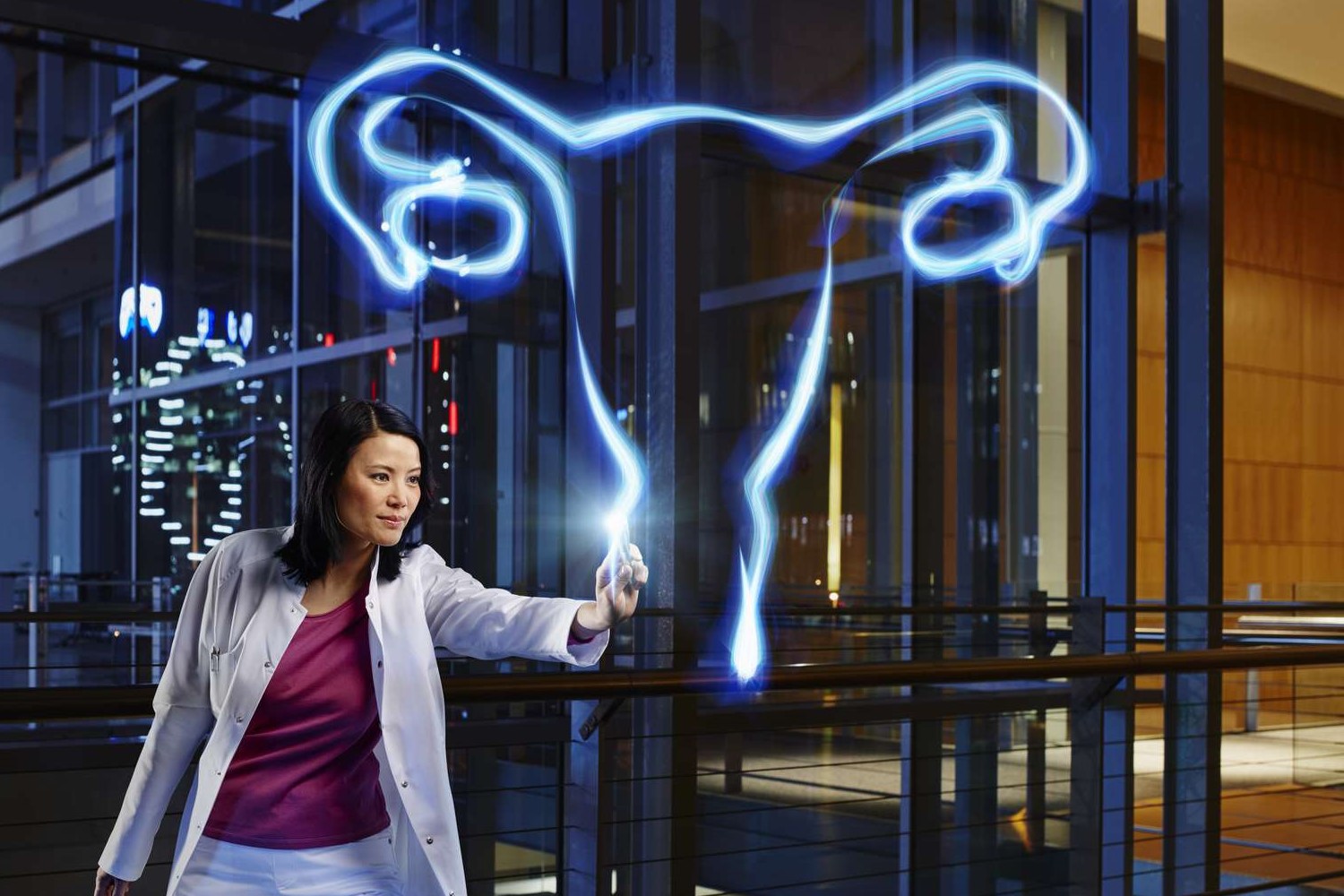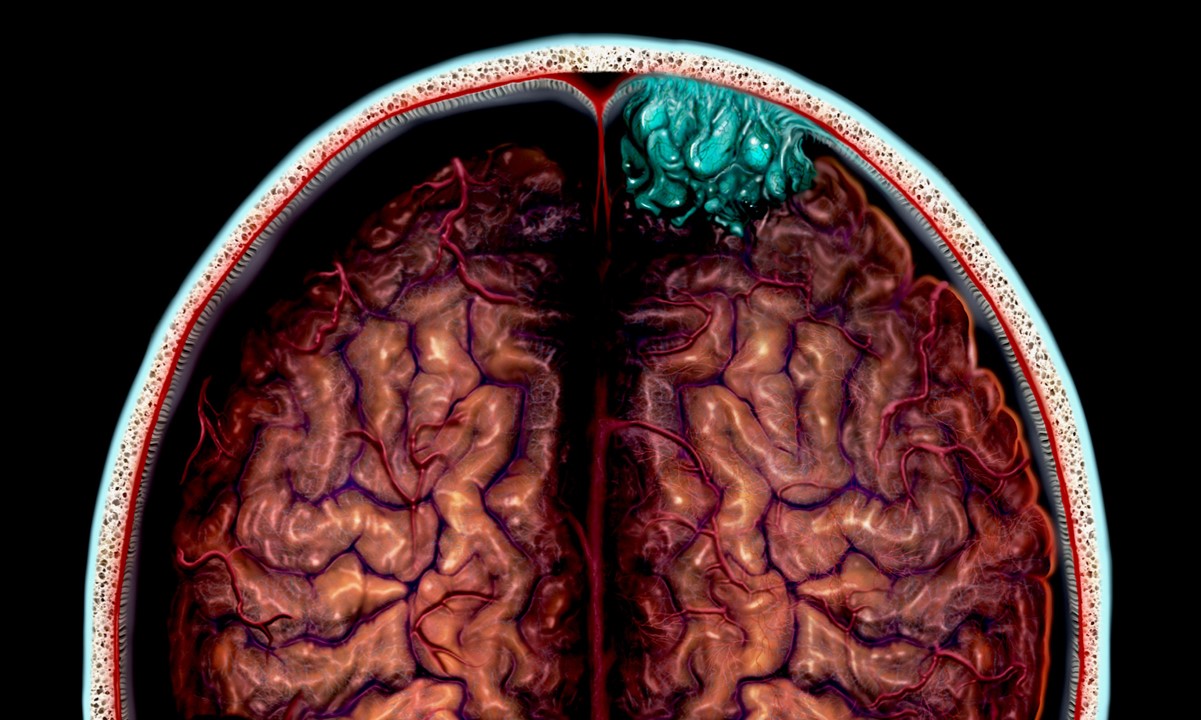
The human reproductive system is a marvel of biology, responsible for creating new life. But how much do you really know about it? From the intricate dance of hormones to the fascinating journey of sperm and eggs, there's a lot to uncover. Did you know that the average male produces about 1,500 sperm every second? Or that a woman's ovaries contain all the eggs she'll ever have from birth? These are just a few of the mind-blowing facts about our reproductive systems. Buckle up as we dive into 34 incredible facts that will leave you amazed and maybe even a bit more appreciative of the science behind human reproduction.
Human Reproductive System: An Overview
The human reproductive system is a complex network of organs and hormones working together to create life. Understanding this system can help us appreciate the intricacies of human biology.
- The male reproductive system includes the testes, which produce sperm and testosterone.
- The female reproductive system consists of the ovaries, which produce eggs and hormones like estrogen and progesterone.
- Fertilization occurs when a sperm cell successfully merges with an egg cell, usually in the fallopian tube.
- Human reproduction is sexual, requiring genetic material from both a male and a female.
Male Reproductive System Facts
The male reproductive system plays a crucial role in producing and delivering sperm. Here are some fascinating facts about it.
- Sperm production happens in the seminiferous tubules within the testes.
- Testosterone is the primary male sex hormone, responsible for the development of male secondary sexual characteristics.
- The epididymis stores sperm until they are mature and ready for ejaculation.
- Vas deferens are tubes that transport sperm from the epididymis to the urethra.
- The prostate gland produces a fluid that nourishes and protects sperm.
- Seminal vesicles contribute fluid to semen, which helps sperm move more efficiently.
- Sperm cells are among the smallest cells in the human body.
- A single ejaculation can contain up to 500 million sperm.
Female Reproductive System Facts
The female reproductive system is designed to produce eggs, facilitate fertilization, and support pregnancy. Here are some key facts.
- Ovaries release one egg approximately every month during ovulation.
- Fallopian tubes are the site where fertilization usually occurs.
- The uterus is where a fertilized egg implants and grows into a fetus.
- Menstruation is the shedding of the uterine lining when pregnancy does not occur.
- Cervix is the lower part of the uterus that opens into the vagina.
- The vagina serves as the birth canal and the exit for menstrual flow.
- Women are born with all the eggs they will ever have, around 1-2 million.
- By puberty, the number of eggs decreases to about 300,000.
Hormonal Regulation
Hormones play a vital role in regulating the reproductive system. They ensure the proper functioning of reproductive organs and processes.
- Gonadotropin-releasing hormone (GnRH) from the hypothalamus stimulates the release of other reproductive hormones.
- Follicle-stimulating hormone (FSH) promotes the growth of ovarian follicles in females and sperm production in males.
- Luteinizing hormone (LH) triggers ovulation in females and testosterone production in males.
- Estrogen helps regulate the menstrual cycle and prepares the uterus for pregnancy.
- Progesterone maintains the uterine lining for a potential pregnancy.
Pregnancy and Childbirth
Pregnancy is a remarkable process that begins with fertilization and ends with childbirth. Here are some intriguing facts about this journey.
- Implantation occurs when a fertilized egg attaches to the uterine wall.
- A typical pregnancy lasts about 40 weeks from the last menstrual period.
- The placenta provides oxygen and nutrients to the growing fetus.
- Amniotic fluid surrounds and protects the fetus during pregnancy.
- Labor involves a series of contractions that help deliver the baby.
- Cesarean section (C-section) is a surgical procedure to deliver a baby when vaginal delivery is not possible.
- Breastfeeding provides essential nutrients and antibodies to newborns.
Interesting Tidbits
The human reproductive system has some lesser-known but equally fascinating aspects.
- Identical twins result from a single fertilized egg splitting into two embryos.
- Fraternal twins occur when two separate eggs are fertilized by two different sperm cells.
Final Thoughts on the Human Reproductive System
The human reproductive system is a marvel of biology. From the intricate process of fertilization to the development of a new life, every step is fascinating. Understanding these facts not only deepens our appreciation for life but also highlights the importance of reproductive health. Knowledge about how our bodies work can empower us to make informed decisions about our health and well-being. Whether it's the role of hormones, the function of reproductive organs, or the stages of pregnancy, each fact adds to our understanding. So, next time you think about the human body, remember the incredible journey of the reproductive system. It's a testament to the complexity and beauty of life itself. Stay curious, stay informed, and always value the wonders of your body.
Was this page helpful?
Our commitment to delivering trustworthy and engaging content is at the heart of what we do. Each fact on our site is contributed by real users like you, bringing a wealth of diverse insights and information. To ensure the highest standards of accuracy and reliability, our dedicated editors meticulously review each submission. This process guarantees that the facts we share are not only fascinating but also credible. Trust in our commitment to quality and authenticity as you explore and learn with us.


